7 Free Ceremonial object transparent PNG images
Welcome to our Ceremonial Object image collection, featuring 7 free AI-generated images. Explore a diverse array of stock photos, 3D objects, vectors, and illustrations depicting various ceremonial items from different cultures and traditions. Enjoy high-resolution downloads and use our 'open in editor' feature to customize prompts for your perfect ceremonial object image.
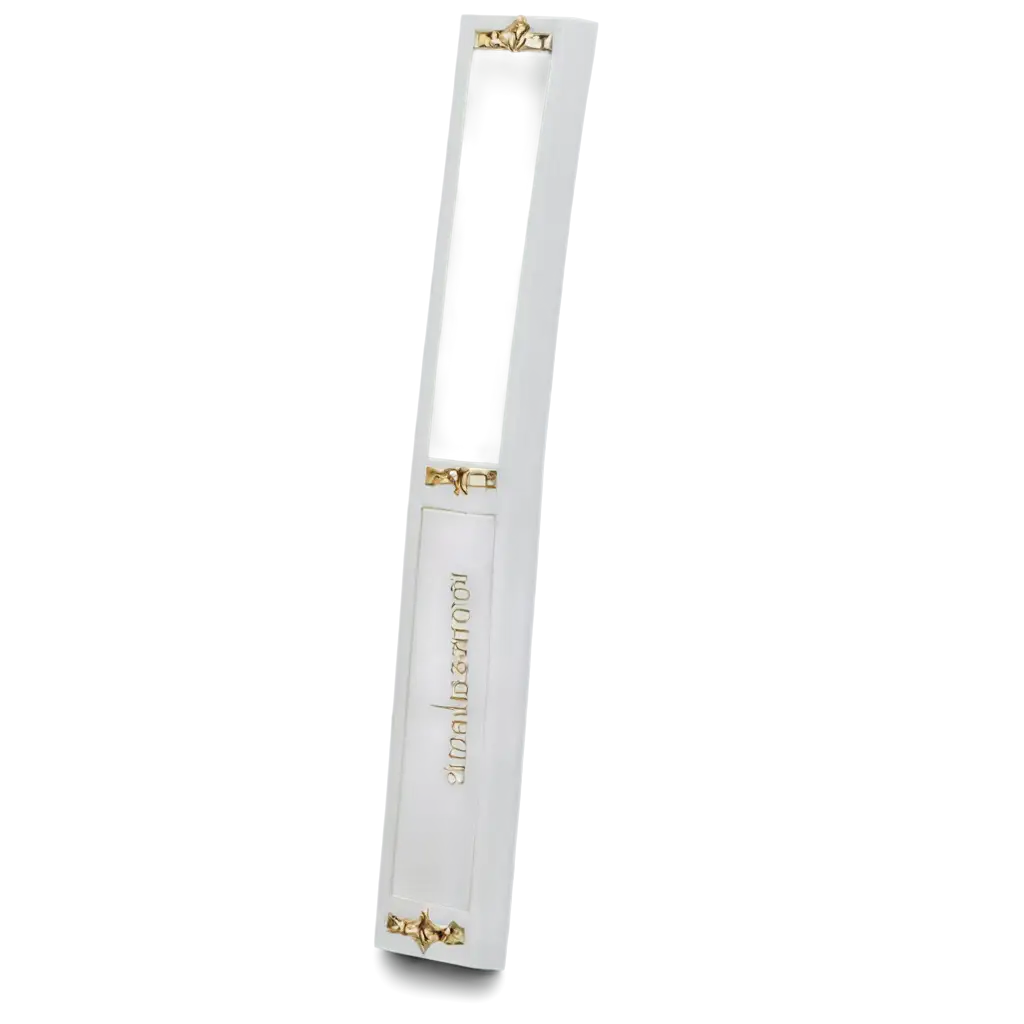

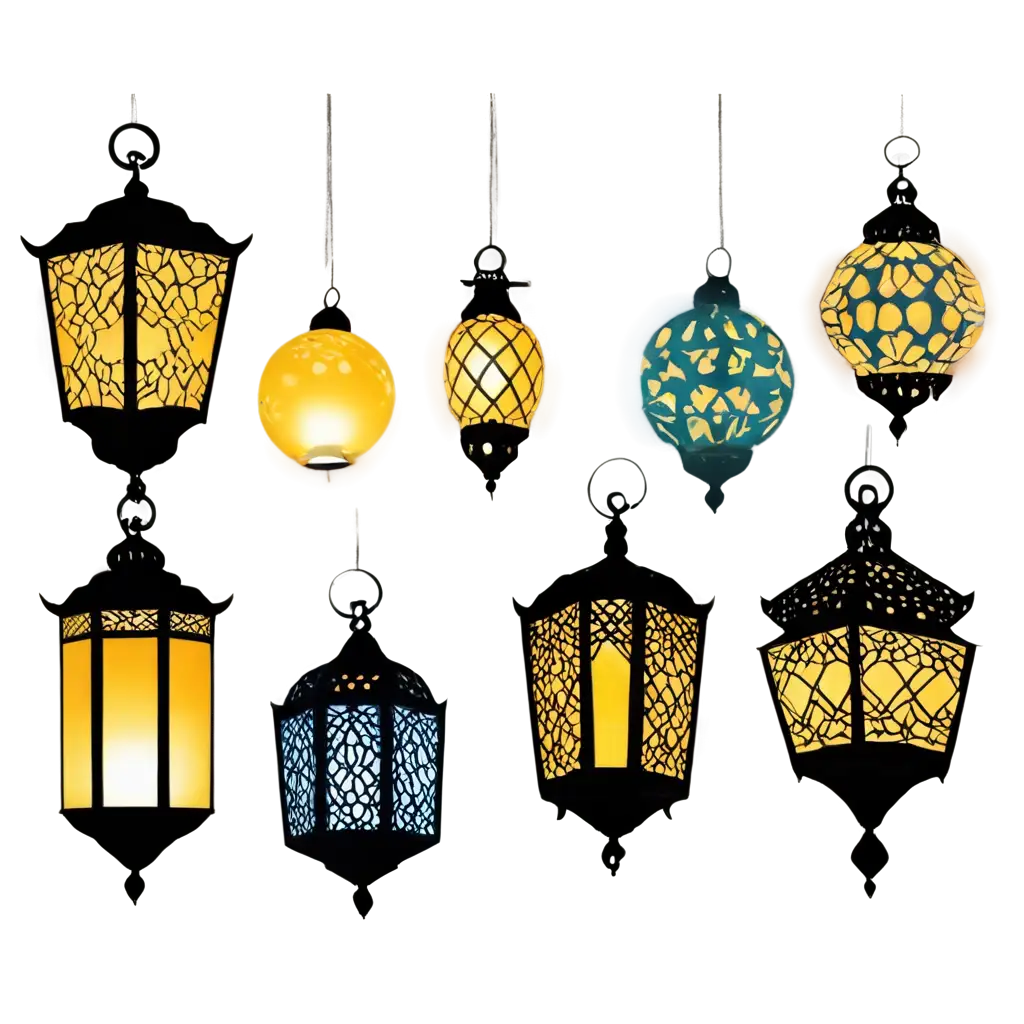
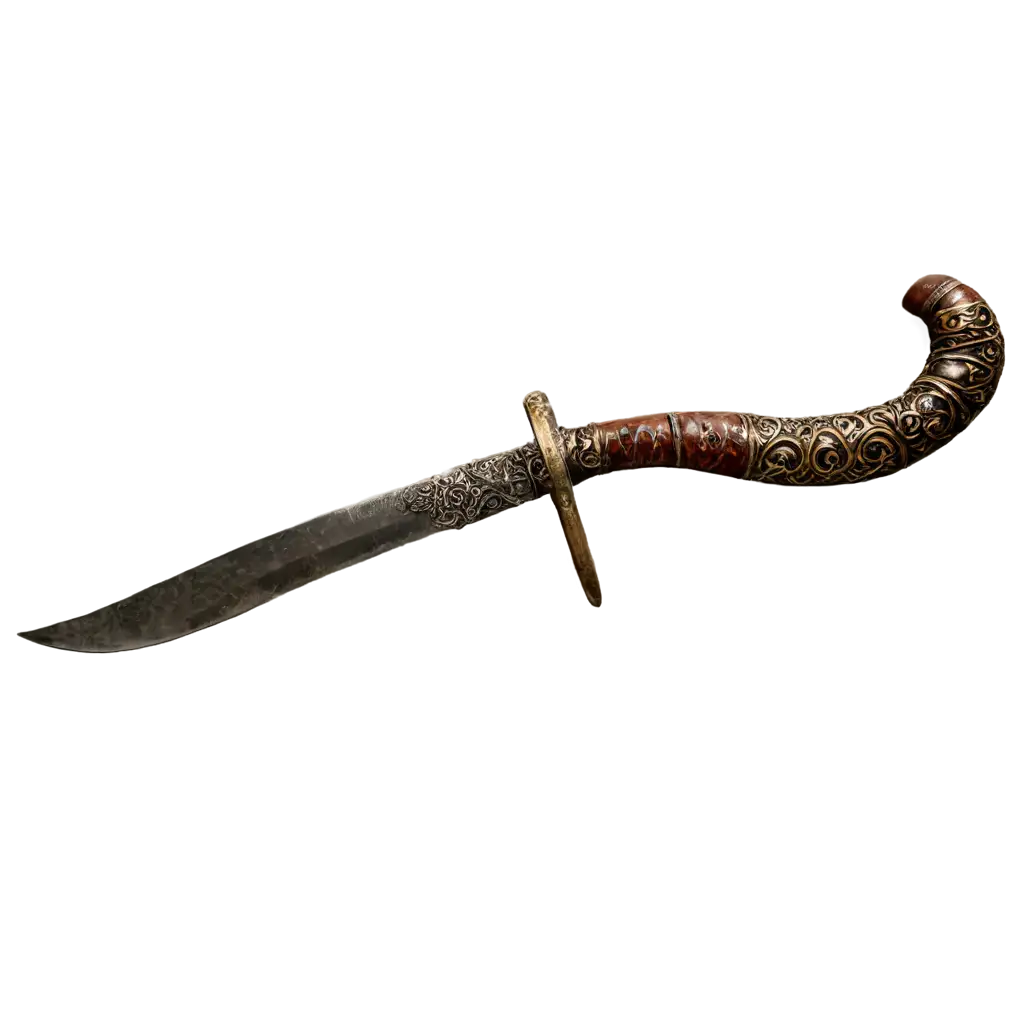
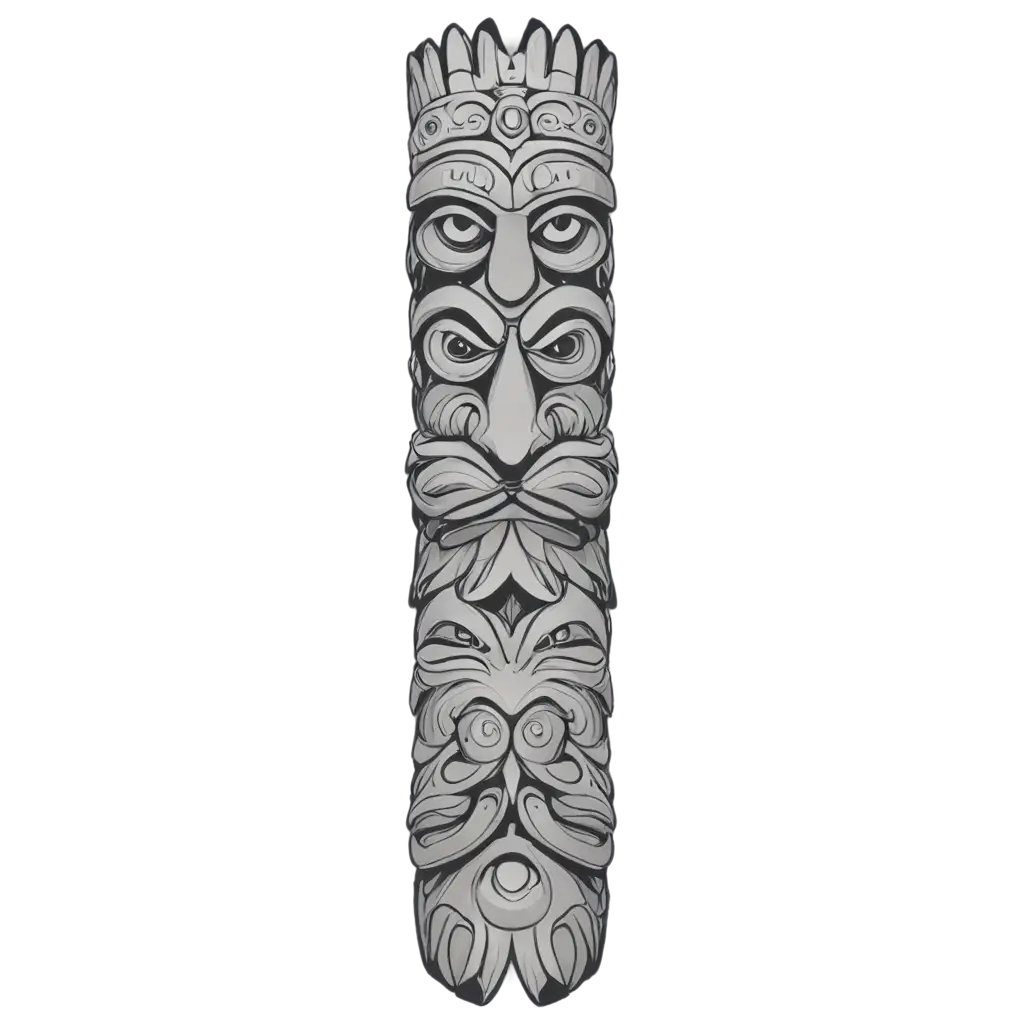
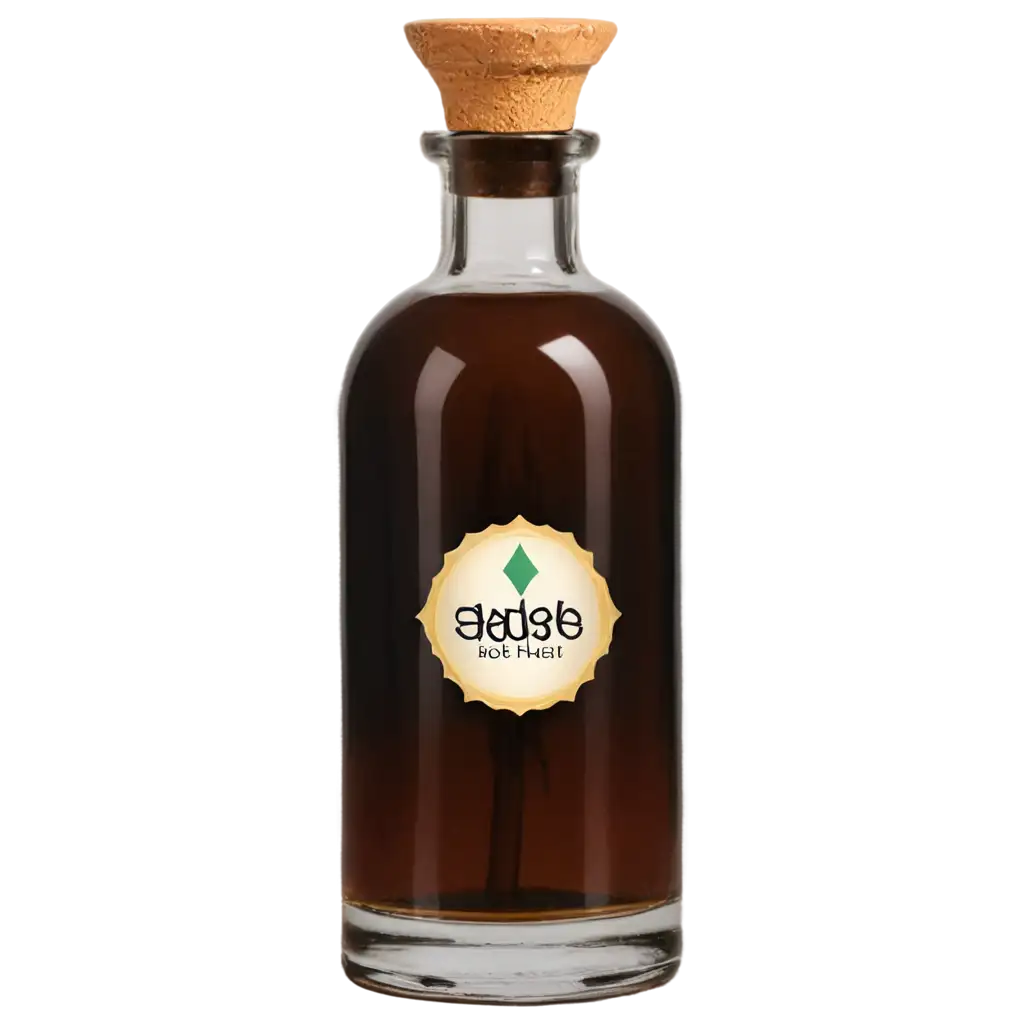
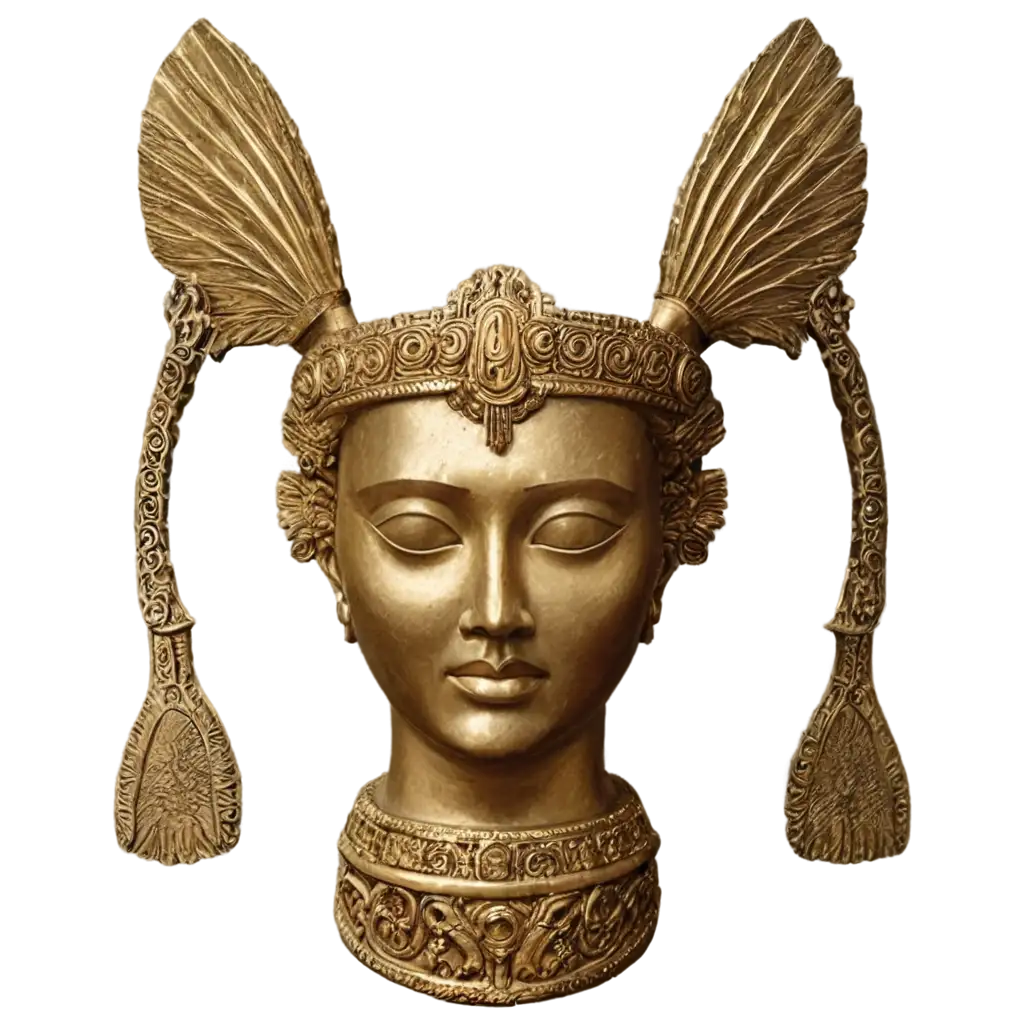
Ceremonial objects are items imbued with spiritual or cultural significance, used in rituals, religious practices, or important social events. These objects can range from elaborate chalices and ornate scepters to simple prayer beads and ceremonial drums. Throughout history, civilizations have created and revered such objects as tangible connections to their beliefs, traditions, and heritage. In many cultures, ceremonial objects serve as conduits between the physical and spiritual realms, facilitating communication with deities or ancestors. The diversity of these objects reflects the rich tapestry of human beliefs and customs, each with its unique symbolism and purpose.
Defining Ceremonial Objects: Sacred Artifacts Across Cultures
Ceremonial objects come in various forms, each with distinct characteristics suited to their ritual purposes. Common types include: 1. Religious artifacts: Such as crosses, menorahs, prayer wheels, and incense burners. 2. Royal regalia: Including crowns, scepters, orbs, and thrones. 3. Musical instruments: Like ceremonial drums, bells, and horns used in religious or cultural events. 4. Ritual weapons: Ceremonial swords, daggers, or spears often used symbolically rather than practically. 5. Vestments and garments: Special clothing items worn during ceremonies or by religious figures. These objects are often characterized by intricate designs, precious materials, and symbolic elements that reflect their cultural or spiritual significance. Many ceremonial objects feature elaborate engravings, gemstones, or precious metals, highlighting their importance and sacred nature.
Types and Characteristics of Ceremonial Objects
While deeply rooted in tradition, ceremonial objects continue to play significant roles in modern culture. They serve as: 1. Cultural preservation: Maintaining connections to heritage and ancestral practices. 2. Artistic inspiration: Influencing contemporary art, fashion, and design. 3. Educational tools: Teaching about diverse cultures and historical practices. 4. Tourism attractions: Drawing visitors to museums, temples, and cultural sites. 5. Symbols of identity: Representing cultural or religious affiliations in multicultural societies. In an increasingly globalized world, ceremonial objects often become focal points for cultural exchange and understanding. They appear in films, documentaries, and literature, helping to educate broader audiences about different traditions and beliefs. Moreover, the creation and use of ceremonial objects in modern contexts, such as in neo-pagan practices or contemporary art installations, demonstrate their enduring relevance and adaptability to changing social landscapes.
The Role of Ceremonial Objects in Modern Culture
AI-generated images of ceremonial objects offer exciting possibilities for artists, designers, and researchers. To create compelling AI images of ceremonial objects: 1. Research thoroughly: Understand the historical and cultural context of the object you're depicting. 2. Be specific in prompts: Include details about materials, symbols, and cultural origin. 3. Consider composition: Think about how the object would be displayed or used in its ceremonial context. 4. Experiment with styles: Try different artistic approaches, from photorealistic to abstract interpretations. 5. Respect cultural sensitivities: Be mindful of the sacred nature of many ceremonial objects and avoid misrepresentation. AI tools can generate a wide range of ceremonial object images, from ancient artifacts to modern interpretations. This technology allows for the exploration of hypothetical ceremonial objects or the recreation of lost artifacts, providing valuable resources for education, game design, and cultural studies. As AI imaging technology advances, it offers increasingly sophisticated ways to visualize and study these important cultural symbols.
Creating AI-Generated Images of Ceremonial Objects